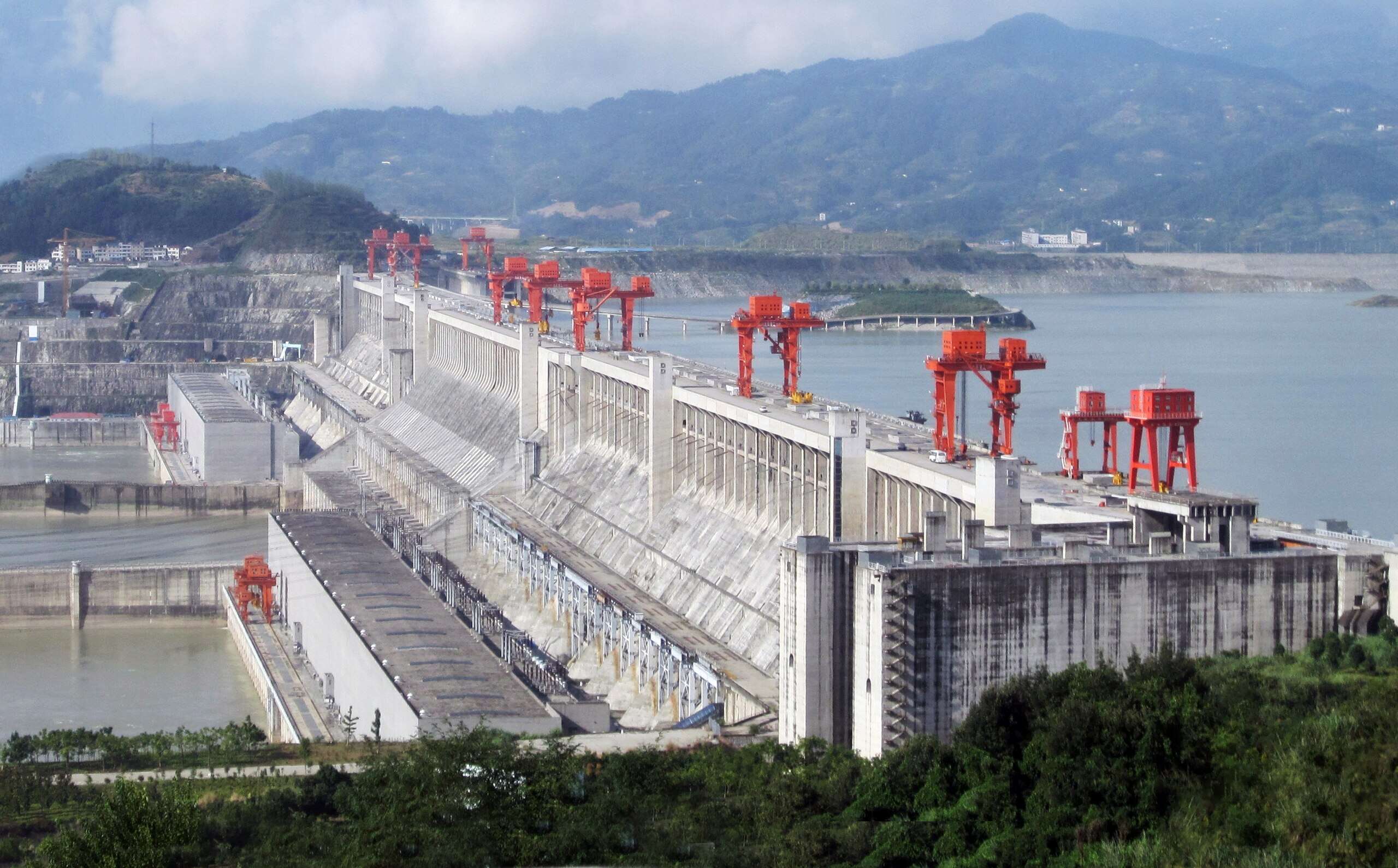China to Build $137 Billion World’s Largest Hydropower Dam in Tibet
Source: GreekReporter.com

China has approved plans to construct what is expected to become the world’s largest hydropower dam on the Yarlung Tsangpo River. This project has sparked international concerns about environmental damage, displacement of communities, and geopolitical implications.
The dam, located on the lower stretch of the Yarlung Tsangpo River in Tibet, is anticipated to generate three times more electricity than the Three Gorges Dam, currently the largest hydropower plant in the world.
Chinese officials describe it as a renewable energy project to boost local economic development and contribute to the country’s climate goals.
Environmental and social concerns
Human rights groups and environmental experts have raised alarms about the displacement of local communities and the potential destruction of ecosystems on the Tibetan Plateau, an area known for its rich biodiversity.
The Chinese government has not disclosed how many people might need to relocate, but previous projects like the Three Gorges Dam required the resettlement of 1.4 million people.
Protests against hydropower projects in Tibetan regions are not new. Earlier this year, hundreds of Tibetans were detained while protesting the Gangtuo dam and hydropower plant, which threatened to submerge villages and ancient monasteries containing sacred relics.
Reports gave out detailed arrests and beatings during the protests, leaving some individuals seriously injured. Beijing has insisted that affected residents were compensated and sacred artifacts were relocated to safe sites.
Geopolitical implications of the dam
The Yarlung Tsangpo project has also raised geopolitical concerns. The river flows into India’s northeastern states of Arunachal Pradesh and Assam before entering Bangladesh. Experts fear the dam could give China control over the water supply to downstream nations, potentially impacting agriculture and water security.
A 2020 report by the Lowy Institute, an Australian think tank, stated that control over rivers on the Tibetan Plateau provides China with strategic leverage over India’s economy.
India has expressed concerns about the dam’s potential impacts. Following China’s announcement in 2020, an Indian government official said that India was considering building a large hydropower dam to mitigate risks posed by Chinese projects.
In response, China’s foreign ministry asserted its “legitimate right” to develop the river and claimed it had taken downstream impacts into account.
Engineering and safety challenges
The ambitious project will involve drilling at least four 20-kilometer-long tunnels through the Namcha Barwa mountain range to divert the river. While the steep terrain offers immense hydropower potential, it also presents significant engineering challenges.
The site lies along an earthquake-prone tectonic plate boundary, raising concerns about landslides and mudslides. A senior engineer from Sichuan’s provincial geological bureau warned in 2022 that natural disasters in the area could threaten the project’s safety.
Estimated to cost up to one trillion yuan ($127 billion), the Yarlung Tsangpo dam is one of China’s most expensive infrastructure projects. As construction begins, the world will closely watch its economic, environmental, and geopolitical implications.
The original article: belongs to GreekReporter.com .
